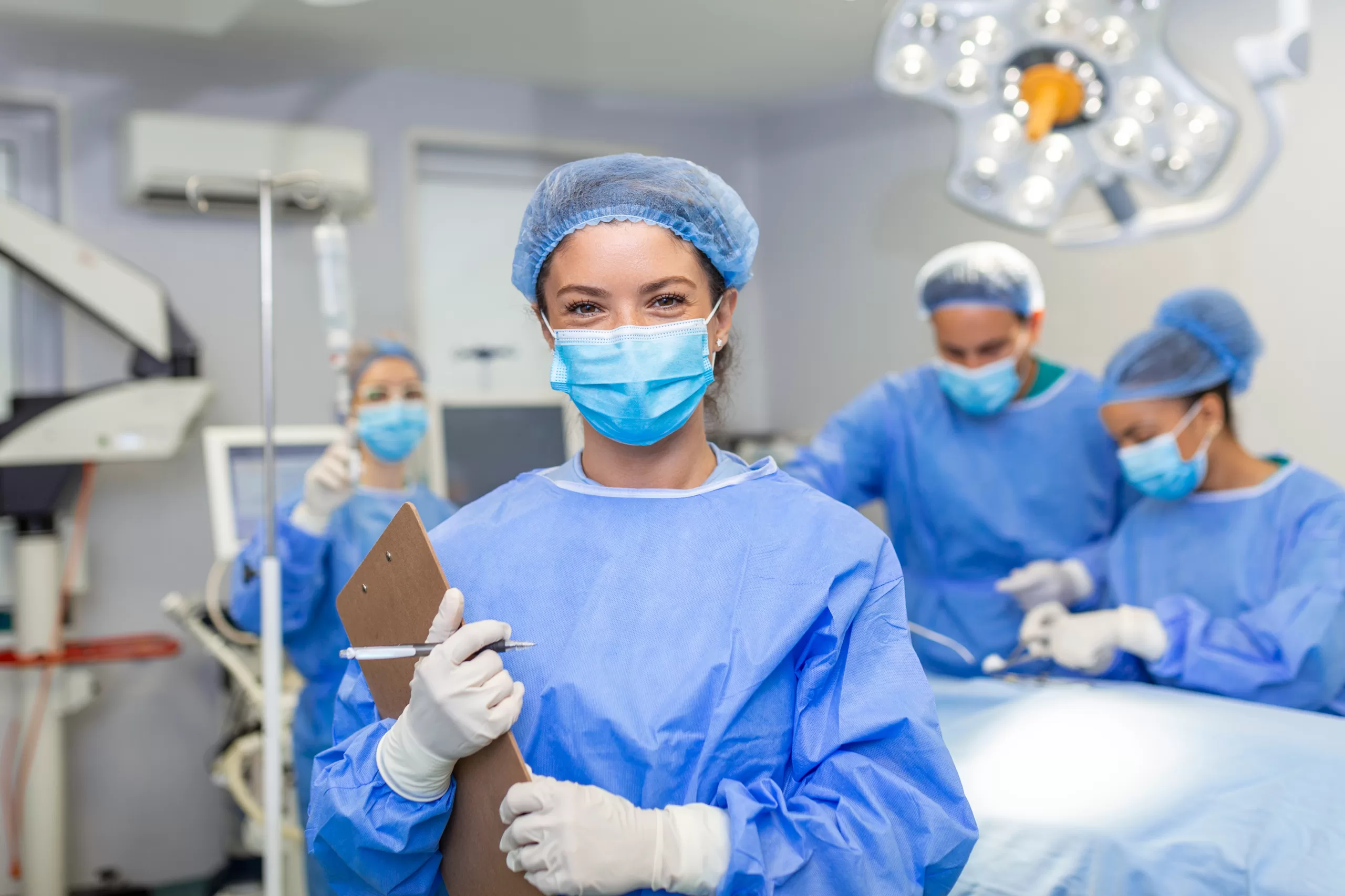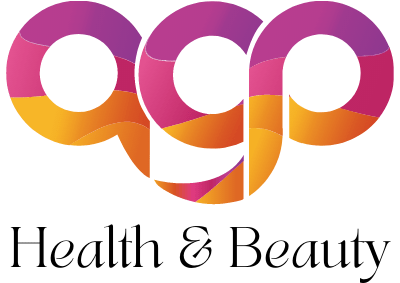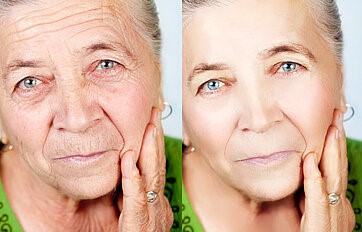Surgery on Varicose Veins: What are the Various Treatments Available?

Varicose veins may not need any medical attention in some cases, but in some cases, surgery on varicose veins and other treatments are required. If they are not causing you any pain or discomfort, then there is no need for you to go through a treatment plan.
The primary reasons to seek treatment for varicose veins are to alleviate symptoms of pain and discomfort, as well as to treat any associated complications such as leg ulcers, swelling, or discoloration of the skin.
Your doctor may initially recommend some home treatment options if medical attention is required. These could entail:
- Before you can use compression stockings, your blood circulation should be evaluated to make sure that they are suitable for you.
- exercising regularly
- Minimizing the amount of time spent standing can be beneficial as it can reduce the strain on your body. Shifting positions now and then is a great way to avoid standing for too long.
- To reduce the swelling, it’s important to keep the injured area elevated when resting.
Table of contents
Procedures & Surgery on Varicose Veins
Surgery on varicose veins involves either extraction or shutting them off. This doesn’t usually interfere with blood circulation since it redirects to other veins.
Depending on your situation, Doctor recommends you to to undergo one or more of the treatments below. Regular side effects after most of these approaches involve bruising, swelling, skin discoloration & minor pain.
Vein stripping and ligation have some of the strongest potential side effects. They can lead to pain, infection, blood clots, and scarring though these cases are uncommon. It’s important to watch out for such symptoms after the procedure completion.
Surgery on Varicose Veins
For individuals who may not be suitable candidates for endothermal ablation or sclerotherapy, ligation and stripping surgery on Varicose Veins is an effective alternative. This procedure can remove the affected veins and restore normal circulation.
Varicose vein surgery is usually done with a general anesthetic, making it so that you are asleep during the whole procedure.
Generally, you’d be able to return home on the same day of your hospitalization; however, an overnight stay may be recommended if surgery is performed on both of your legs.
Ligation and stripping Surgery on Varicose Veins
Ligation and stripping is a technique used to treat varicose veins. It involves tying off the affected vein, followed by its removal through two small incisions, the first near your groin at the top of the vein and around 5 cm in diameter.
The second incision is usually on the lower on the leg, near the knee. The end of the vein in your groin area is then tied up and sealed shut.
Insert a thin, flexible wire through the vein located in your leg and then carefully pulled out through a lower incision. To complete the procedure, remove the wire from your leg.
Your legs won’t experience any changes in the blood flow after surgery on varicose veins since the veins deep inside them take over from those that has already damages.
Ligation and stripping can lead to some minor side effects such as pain, bruising, and bleeding. However, there is a small possibility of incurring more severe complications like nerve damage or Deep Vein Thrombosis (DVT), which is when a clot forms in one of the veins in the body.
Depending on your overall health and the kind of job you do, taking up to 3 weeks to recover completely after the procedure may be necessary. Additionally, wearing compression stockings for a week post-surgery is also advised.
Sclerotherapy
Sclerotherapy is a procedure in which a liquid chemical is injected into varicose veins. This causes inflammation and scarring in the vein, which then seals off over time and eventually fades away. It’s an effective way to reduce the appearance of unwanted veins without surgery.
The treatments of Varicose veins and spider veins can be using this medical procedure, which will be at a physician’s clinic while the patient is standing up. Because of its nature, it requires multiple treatments to fully close off the vein. This will be the initial recommendation of treatment by the doctor before opting for surgery on varicose.
It’s important to have treatments every 4-6 weeks for optimal results. After a session, they will give you tight elastic bandages which help to reduce swelling and promote healing.
Microsclerotherapy
Microsclerotherapy is a great solution for spider veins & small varicose veins. The treatment works by injecting a tiny amount of chemical liquid into the vein through a very fine needle. This chemical scars the inner lining, causing it to shrink and eventually close off.
Laser Surgery on Varicose Veins
Laser surgery is widely in use to treat varicose veins, effectively and without the need for incisions. The laser technology applies light energy to the veins, causing them to fade away over time. It’s generally for smaller varicose veins and does not involve any cutting or injection of chemicals.
Endovenous Ablation Therapy
Endovenous ablation therapy is a useful treatment option for varicose veins. It involves using lasers or radiowaves to create heat that seals off the vein. Your doctor will make a small incision near the afflicted vein before proceeding with the procedure. After that, they insert a catheter tube into the vein. This tube has a device at its tip which heats the inner parts of the vein and seals it off.
During the procedure, you will stay awake but the area around the vein will be numb by your doctor. As a rule of thumb, you can usually expect to go back home on the same day.
Endoscopic Vein Surgery
To perform endoscopic vein surgery, your doctor will make a minimal incision near a varicose vein. This allows them to insert cameras mounted at the end of a slender tube into the vein. Endoscopic vein surgery is typically useful when severe situations when varicose veins are causing skin ulcers. The method includes the use of a surgical device at the end of a camera that is useful to close off the vein. Generally, after the procedure, you should be able to go back to your day-to-day activities within a couple of weeks.
Ambulatory Phlebectomy
Ambulatory phlebectomy involves the expert doctor making minor incisions to extract your visible varicose veins. This procedure typically concentrates on removing those varicose veins located closest to the surface of your skin. During the procedure, you will remain conscious but there will be numbering around your vein by your doctor. In most cases, you can go home on the same day that the procedure completion.
Products That We Suggest for you
Venorex- Reduce the Appearance of Varicose Veins
Rejuvenate your skin without expensive surgery!
To know more and purchase, Click Here
Varicorin- Circulation & Vein Support
Effectively Fights Varicose Veins








Comment to this Article
Comments that encourage respectful conversation are welcomed at AGP Health n Beauty. Stay on subject, please. Comments that are aggressively promotional of goods or services or that include personal attacks, vulgar language, or other forms of abuse will be deleted. Which remarks break our comment policy will be decided at our discretion. (Anonymous comments are accepted; just leave out your name in the comment box. Although necessary, your email address won't be posted with your comment.)